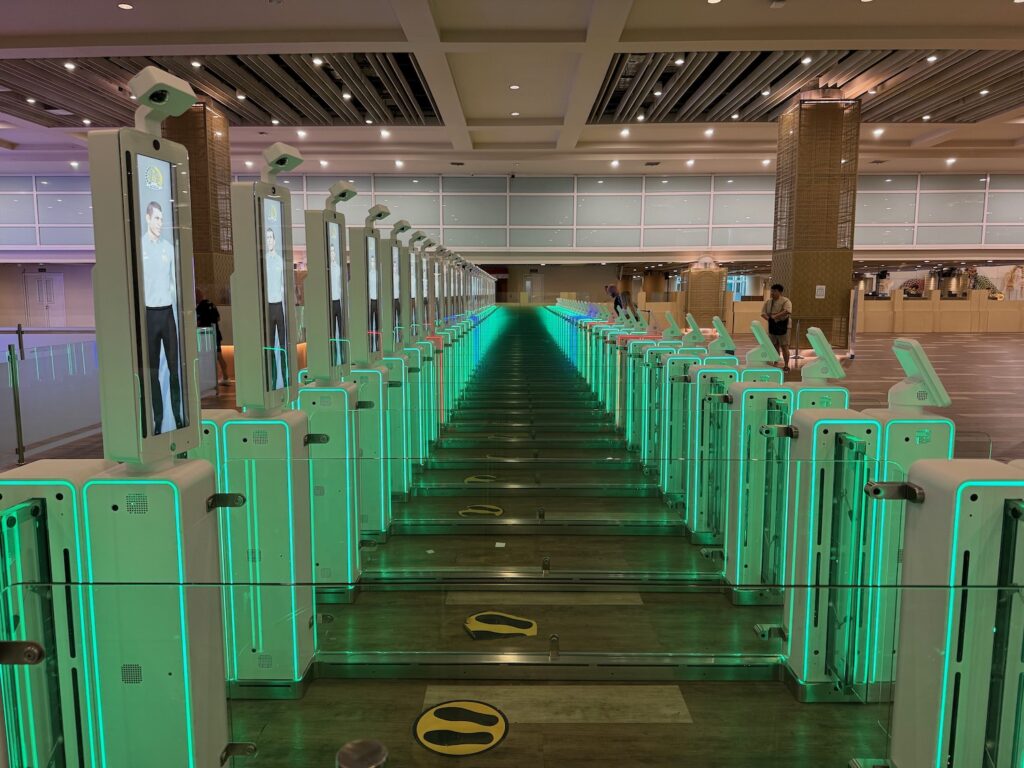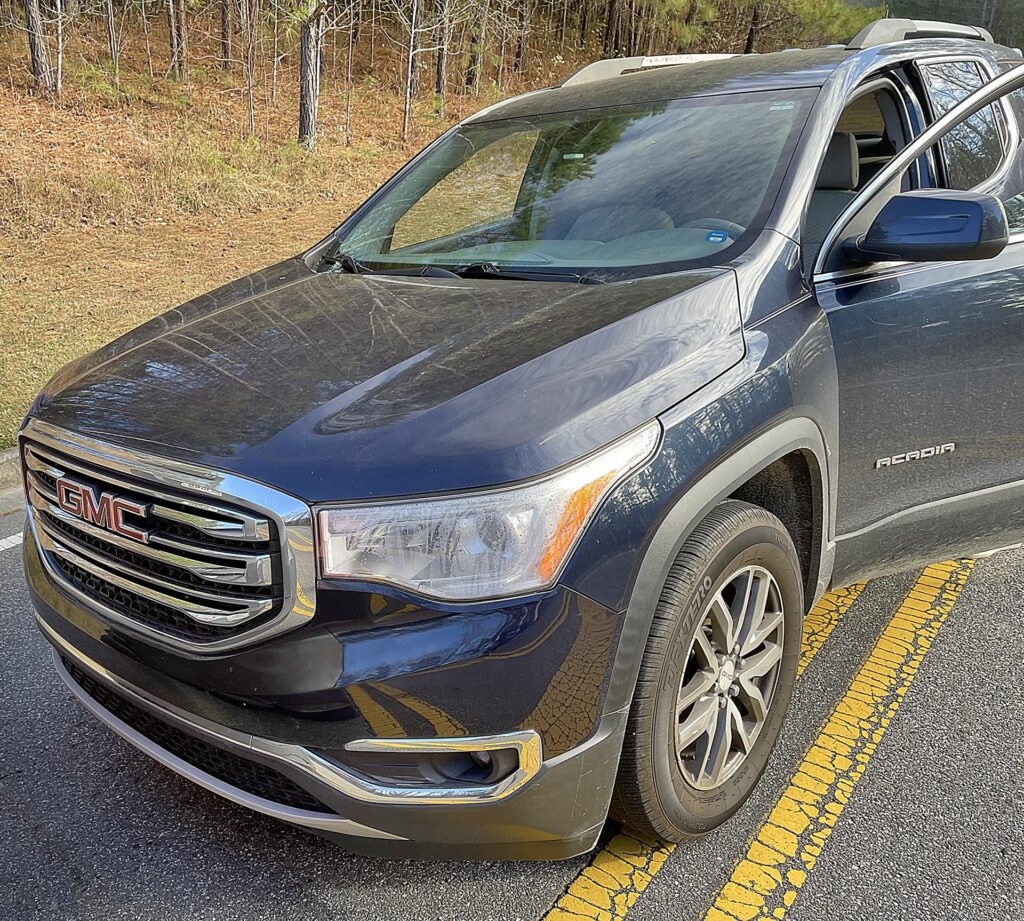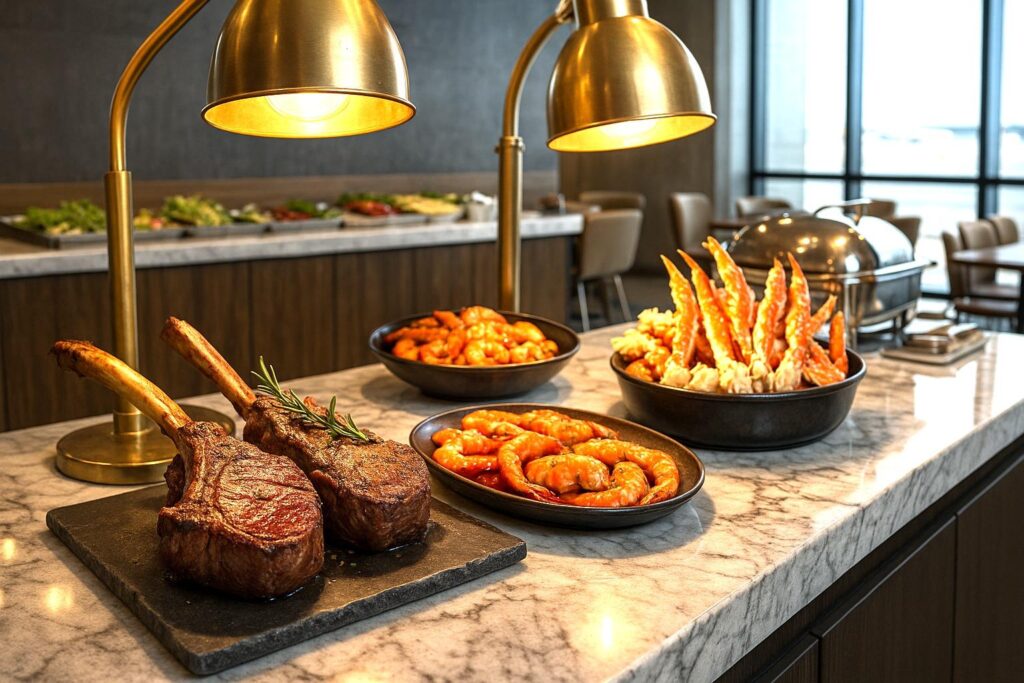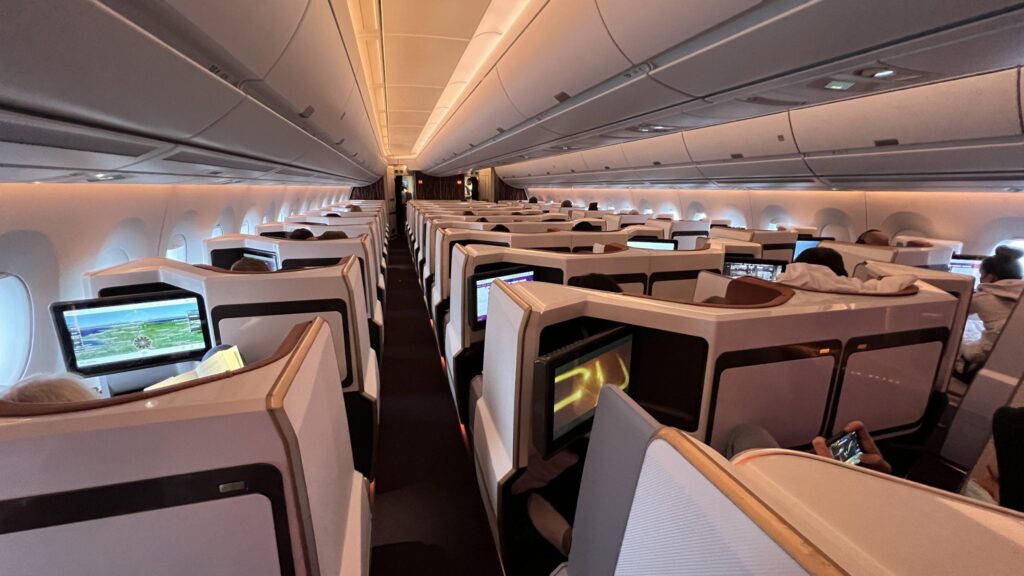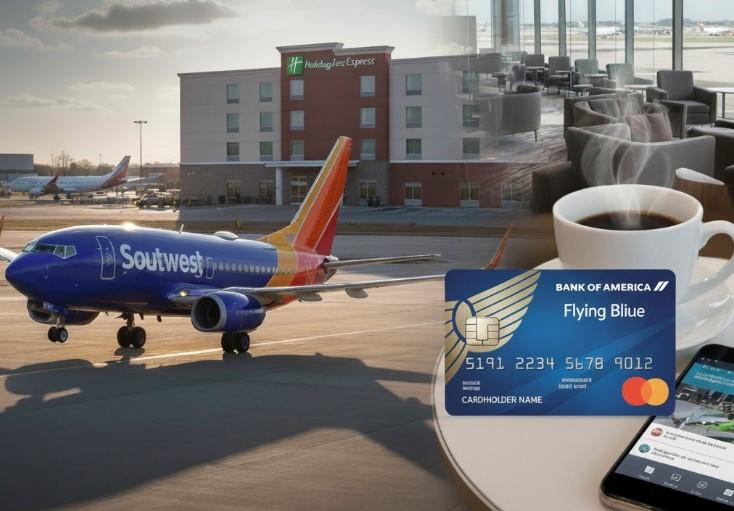
How Rare Are Cruise Ship Overboard Incidents?
Frequent flyers often ask me how traveling by sea compares to flying, particularly when it comes to safety. Having explored data from multiple cruise lines, I’ve seen that the real story behind falling off cruise ships is different from what sensational headlines suggest. While some might read the news and assume these incidents happen daily, that’s far from reality.
How Many Passengers Actually Fall Overboard?

I’ve noticed that the number of cruise ship overboard incidents is consistently low, especially when measured against the sheer volume of passengers who sail each year. From my own review of industry data, including a 2022 report from the Cruise Lines International Association (CLIA), approximately 20–25 overboard incidents occur globally in a typical year. If you compare that to the millions of cruisers worldwide—easily surpassing 25 million annual passengers—you’re looking at a rate of roughly 1 in over a million. That statistic alone shows just how infrequent these events truly are.
Yet, scarcity doesn’t cancel out severity. In a detailed dataset that reviewed incidents from 2009 to 2019, I learned that 212 people fell overboard and only 48 were rescued, implying a survival rate of 17–25%. It’s sobering to realize that factors like alcohol consumption, nighttime conditions, and overall rescue speed significantly influence someone’s chance of being found alive. In my observation, it’s often multi-layered reasons—intoxication, reckless behavior, or physical ailments—that lead individuals into these life-threatening scenarios.
I’ve also heard from crew members on major cruise lines that improved detection technology and reinforced railings have played a huge role in preventing accidents. The idea is to make it as hard as possible for a passenger to fall overboard by accident. When I look at data from 2023 onward, the number of reported incidents stays consistent, but cruise lines increasingly implement cutting-edge monitors to keep it that way.
What Happens When Someone Goes Overboard?
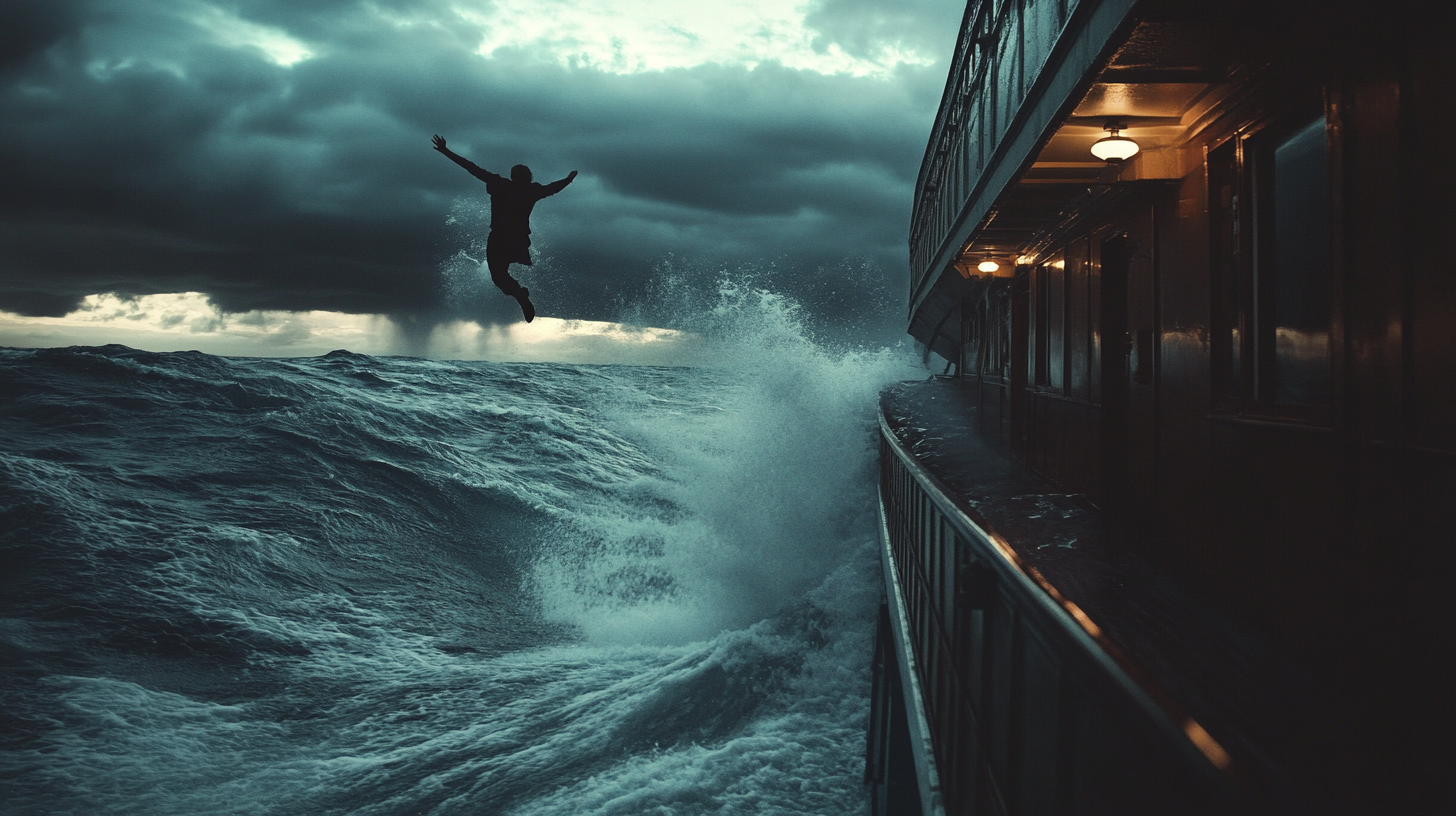
When I first researched the man overboard protocols, I was struck by how orchestrated the entire process is. Most cruise lines follow the “Oscar Oscar” emergency code, signaling an immediate shift in the ship’s operations. The crew is typically dispatched to look over the rails, the ship may reverse course, and notifications go out to both the Coast Guard and nearby vessels. The clock starts ticking the moment the alarm sounds, because every minute matters for survival. In my opinion, rapid rescue efforts can be the difference between a tragic loss and a miraculous save.
However, I’ve seen examples where the response isn’t immediate. In one highly publicized case, a passenger disappeared for several hours before anyone realized it, severely cutting into the potential rescue window. According to testimonies from eyewitnesses, delayed reactions often result from nearby passengers being unsure or unalert about what they actually saw. That’s precisely why more cruise lines are outfitting railings with sensor-based technology, which can detect unusual movements and trigger an alert faster than relying on human eyes alone.
To add context, a 2024 study suggests that nearly half of all overboard incidents occur at night, when visibility is poorer and fewer people are around to witness anything amiss. In my own travels, I’ve noticed that late-night decks can get slippery, and some folks might take greater risks if they’ve been drinking. Once someone hits the water, especially in open ocean conditions, rescue becomes incredibly challenging. That’s why there’s a big push toward real-time alarms and high-tech tools—because a quick and well-coordinated response is essential.
Why These Incidents Are So Rare
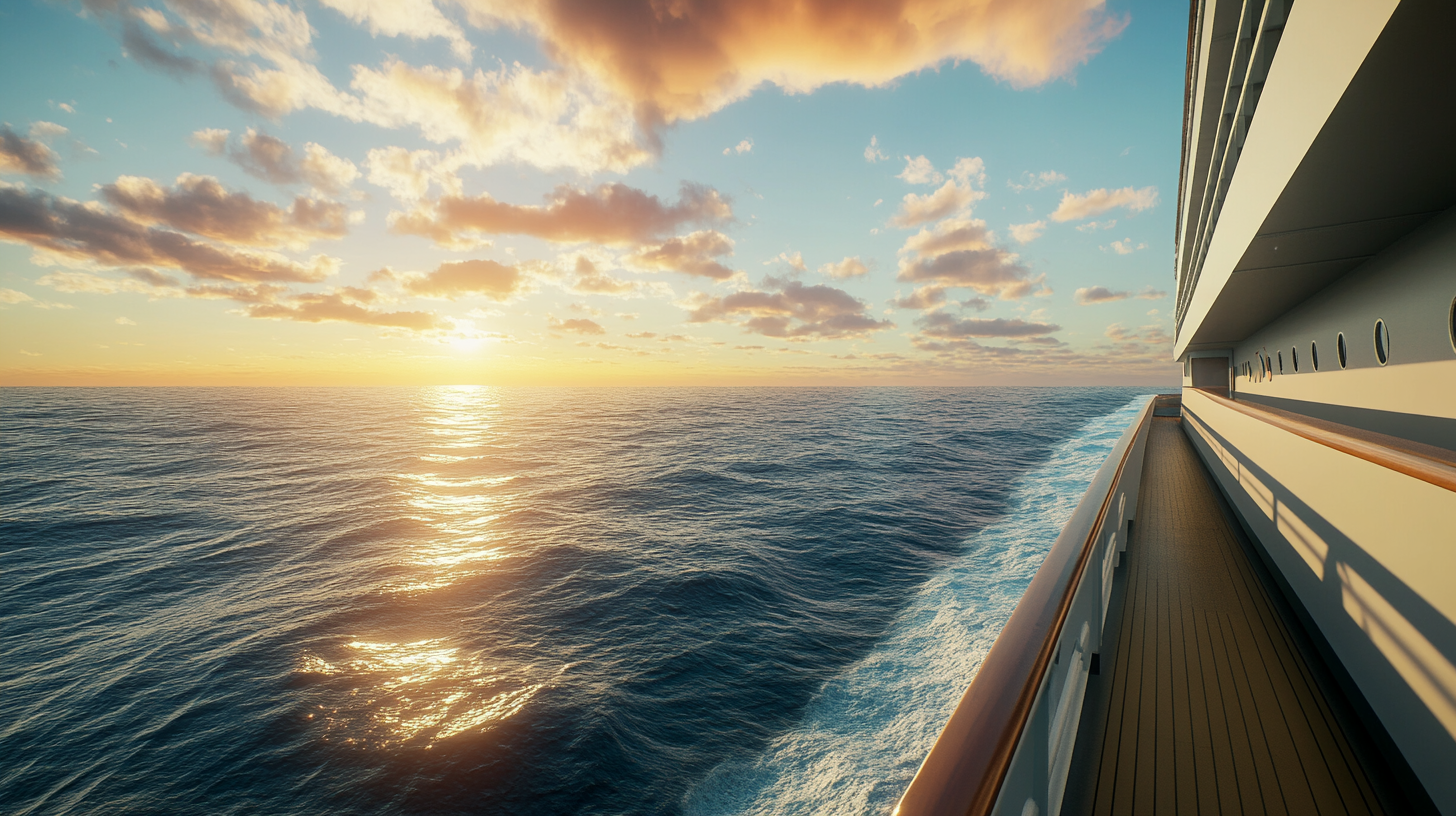
One reason I believe overboard incidents remain so rare is the relentless focus on prevention. Whenever I sail, I see cruise line staff constantly reminding travelers about basic safety guidelines: keep hands inside the rails, avoid leaning too far over, and don’t climb onto any structures not meant for standing or sitting. Managing passenger traffic in high-risk areas also helps minimize accidents, with staff stationed near railings during busy times.
Additionally, according to a comprehensive review I encountered from maritime safety experts, new ship designs prioritize structural barriers that reduce the chance of falling overboard. Innovations include reinforced balcony partitions and motion-detecting cameras that track erratic passenger movements. I’ve observed that such design improvements often go unnoticed by most travelers, but they contribute significantly to the overall safety record.
Still, the human factor can’t be overlooked. I’ve seen many experienced crew members mention that the bulk of overboard incidents involve individuals who are inebriated, taking selfies in unsafe spots, or otherwise ignoring posted warnings. Even with advanced railings and cameras, individual choices make a huge difference. For instance, a night on the deck with strong winds and alcohol can turn risky if caution doesn’t come into play.
Top Picks for Staying Safe on a Cruise

I make it a point to follow a handful of personal guidelines whenever I set foot on a cruise ship. These pointers have kept me—and many fellow passengers—safe over countless voyages:
1. Watch Alcohol Intake – Excessive drinking can impair judgment and coordination, raising the risk of falls or other accidents. In my experience, pacing yourself and staying hydrated can keep the good times rolling without sacrificing safety.
2. Respect Safety Barriers – It might seem like common sense, but I’ve spotted travelers sitting on railings for the perfect photo. Once you see just how tall and secure these barriers are by design, it’s clear they’re not meant for perching.
3. Mind Children and Companions – If you’re traveling with kids or groups of friends, regular check-ins go a long way. I’ve found that keeping a set meeting spot on the ship can help everyone stay accountable.
4. Be Attentive to Announcements – Drills and crew directives might interrupt your vacation vibe, but ignoring them could mean missing crucial info. Personally, I always treat these announcements like an airline safety briefing: vital for a safe journey.
While overboard incidents capture the spotlight, it’s worth noting that crimes like sexual assault have historically ranked higher on cruise ships since the mid-2010s. From what I’ve gathered, vigilance and common sense remain the best ways to ensure both your physical and personal security on board.
Final Thoughts
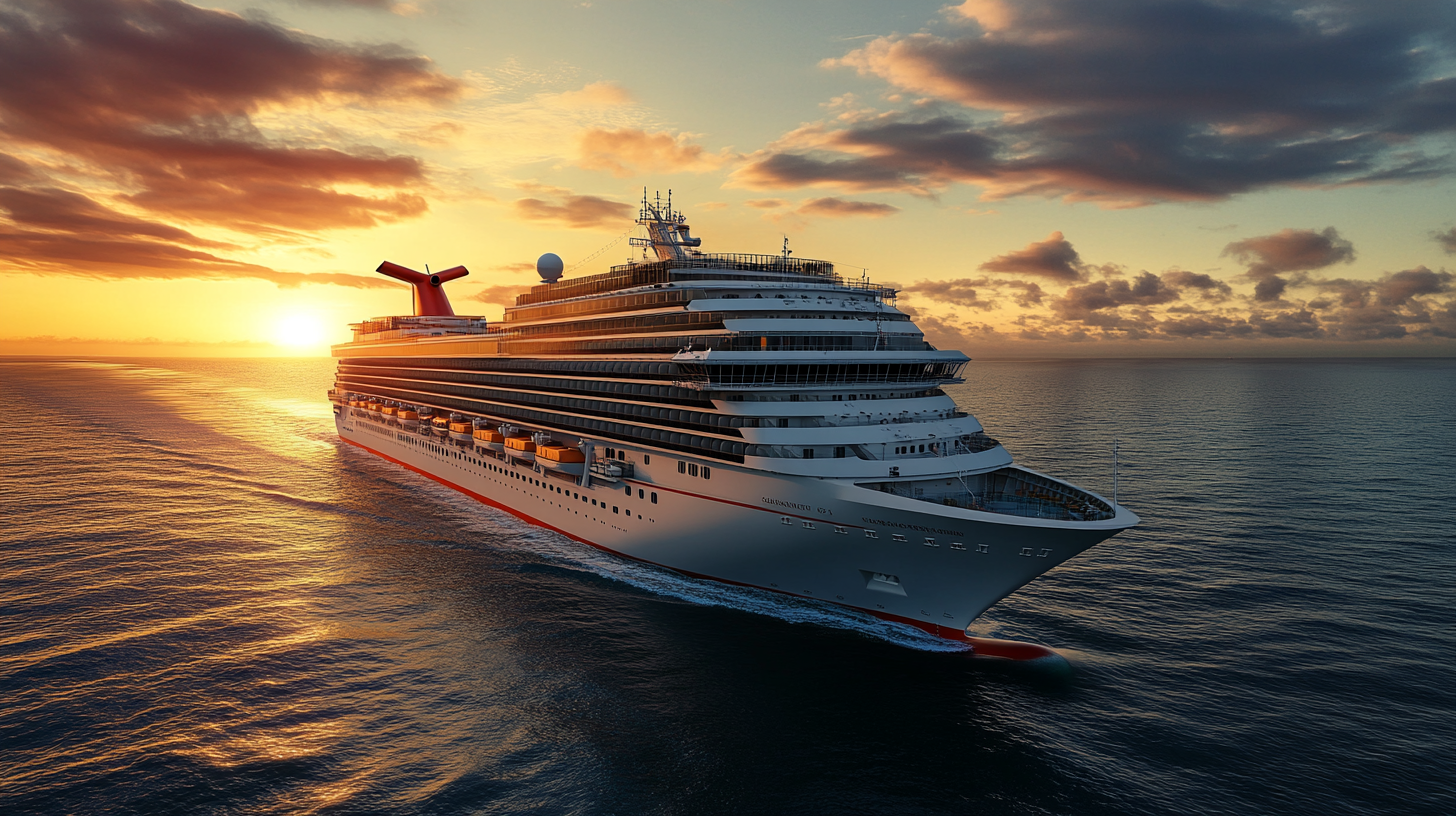
Cruise vacations offer an incredible way to see the world, in my opinion. The low overboard statistics underscore how well-designed these ships really are, and how effective their safety protocols can be. We can’t ignore the fact that accidents do happen, but the data consistently shows they’re outliers, not everyday occurrences.
For anyone still on the fence about taking a cruise, understanding the facts can ease any lingering worries. Armed with the right information—like being aware of man overboard procedures, maintaining personal safety habits, and respecting guidelines—you’ll set sail with greater peace of mind. At the end of the day, cruising remains one of the safest ways to explore new horizons.
Brad Lightall’s Take
If there’s one thing I’ve learned through my own deep dives into travel statistics, it’s that perception isn’t always reality. Yes, the stories of people tumbling off a ship can cause a stir, but the actual figures speak volumes about just how rare these incidents are. Still, that rarity doesn’t diminish our obligation to behave responsibly and stay watchful when we’re out at sea.
Ultimately, I believe every traveler should embrace both the thrill of discovery and a commitment to safety. There’s a sweet spot between having the time of your life and remembering a few essential rules—all of which helps make cruising as low-risk as it is memorable.
BoardingArea is your one-stop source for the latest travel insights, tips, and industry updates.
- If you’re curious about safety measures, check out Surprising Facts About Cruise Lifeboats You Need to Know to learn more about the essential lifeboat facts that could make all the difference during your cruise.
- For those who love unique travel experiences, Virgin Voyages’ Scarlet Lady: A Fresh Cruise Experience for Frequent Flyers offers a fresh take on cruising that’s perfect for frequent flyers seeking something new.
- To spice up your cruise knowledge, dive into Discover The Exciting World Of Cruise Lido Decks and discover what makes these vibrant decks the heart of any ocean adventure.
- Explore 5 Surprising Ways Icon of the Seas Outshines the Titanic to see how modern cruise ships are setting new standards and outshining even the legendary Titanic.
- Indulge in the luxurious and traditional world of ocean travel by reading Eurodam Cruise: Luxury And Tradition In Ocean Travel 2025, and see what the Eurodam Cruise has in store for 2025.




